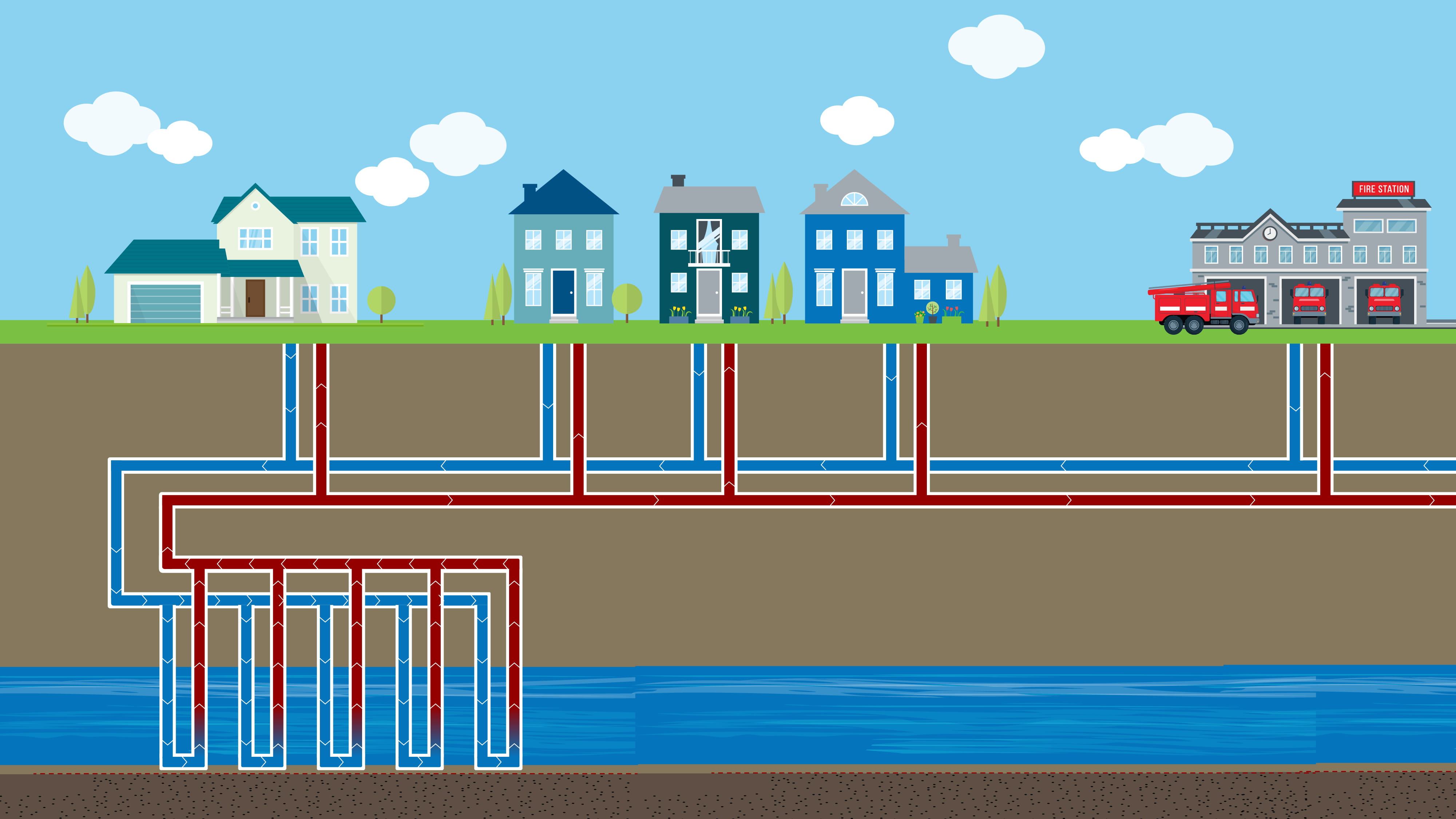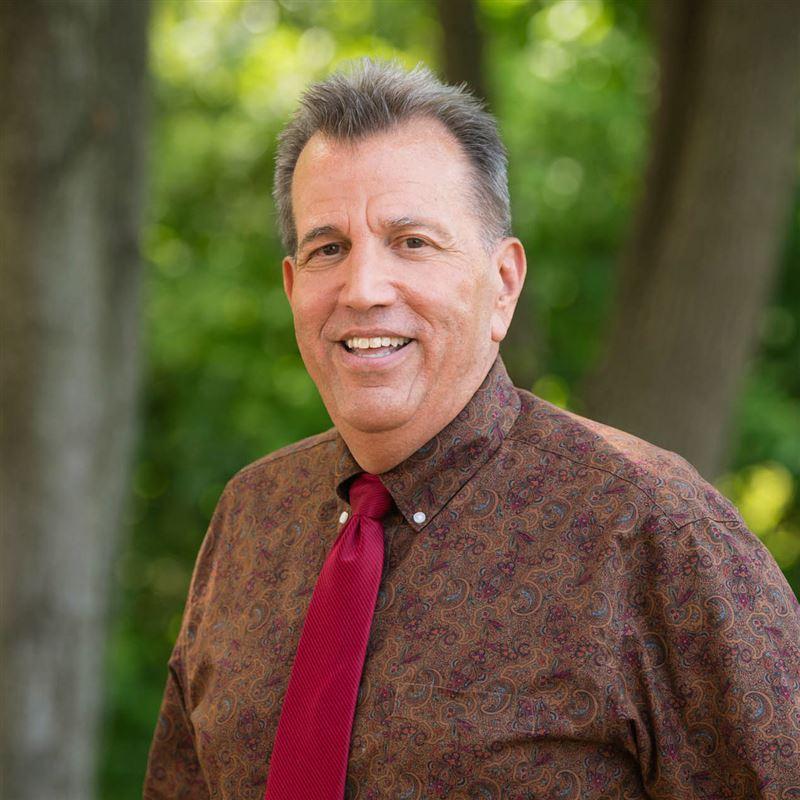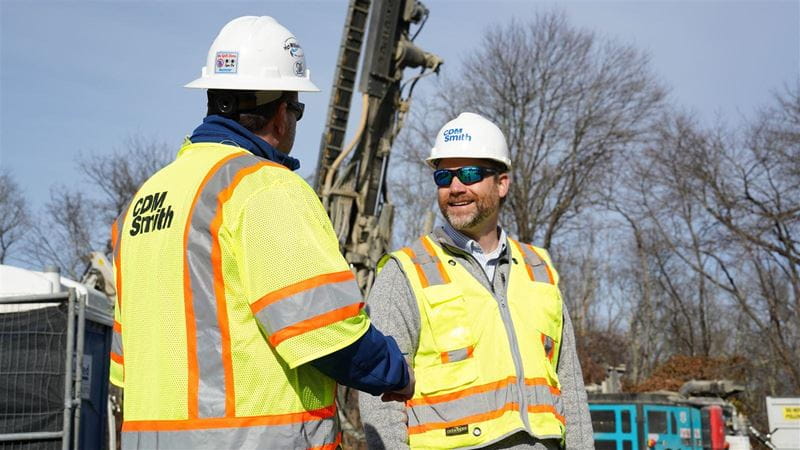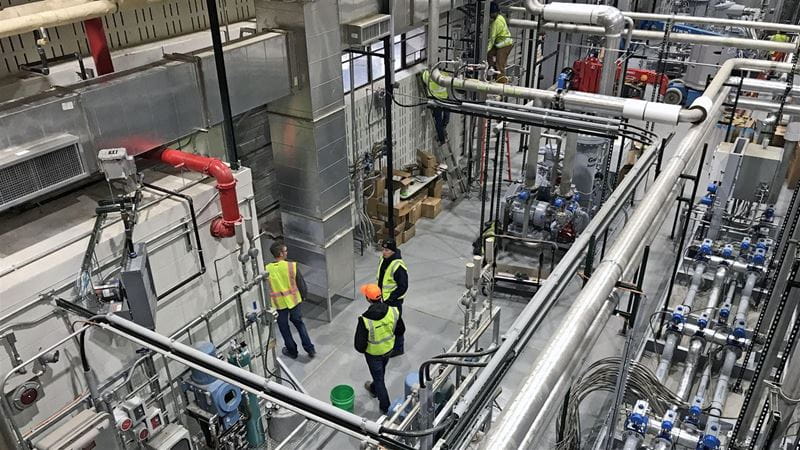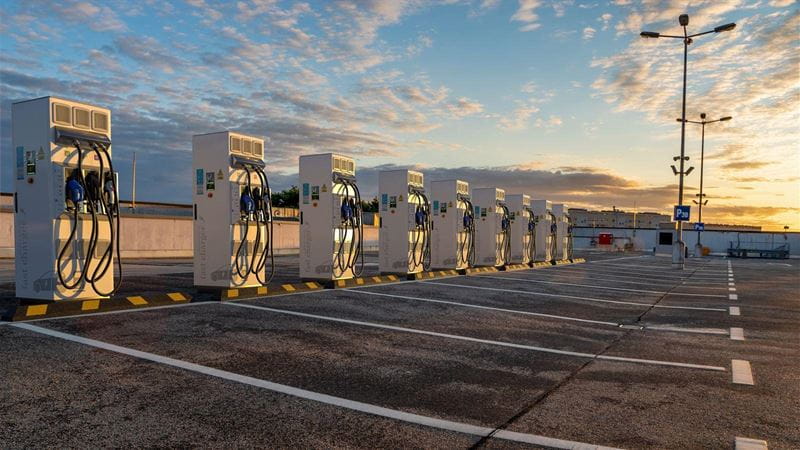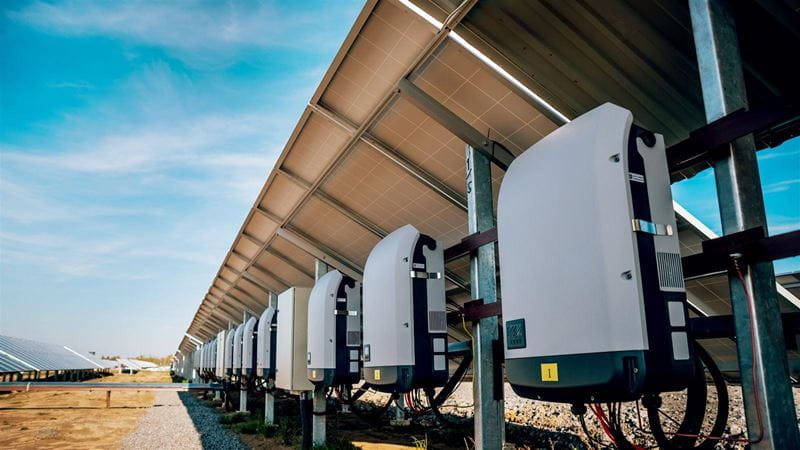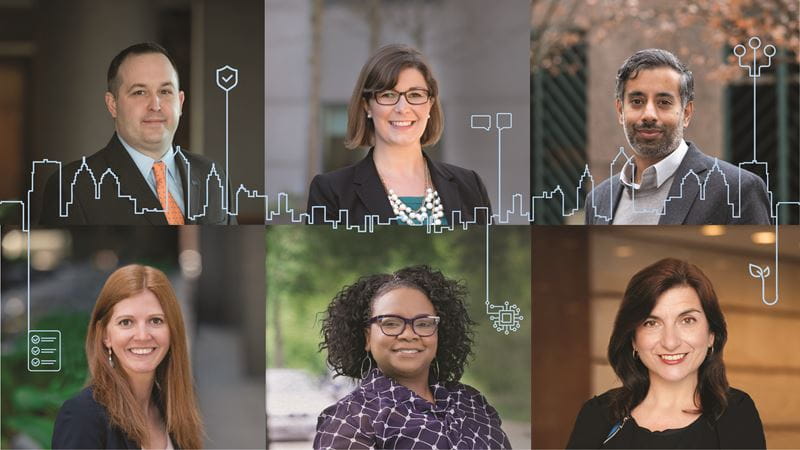UTENs: Future Forward Energy Delivery
Thermal energy systems are growing among large, private entities that need to deliver reliable energy across an entire campus of varied building types. With a network of distributed energy, the owner, like a university or hospital, can employ energy-efficient technologies like geothermal and sewer heat recovery to better manage and improve delivery.
The success of these energy districts has led public utilities to ask the question: What if we expanded those systems to serve an entire neighborhood, or even a town?
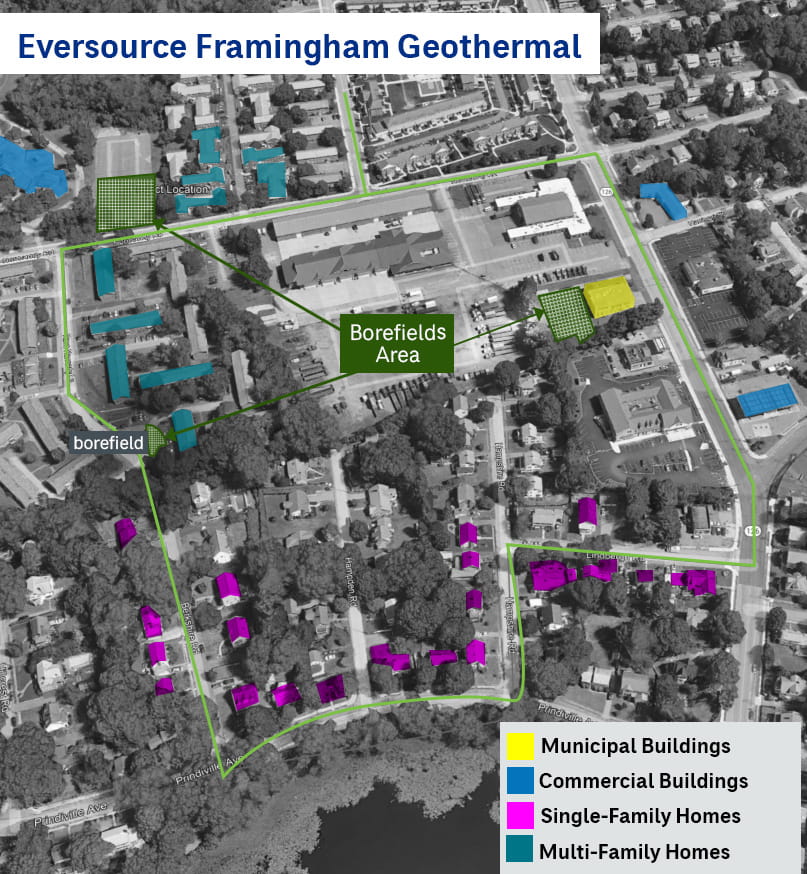 Taking cues from successful European examples, energy providers—like Eversource in New England—are piloting the first utility thermal energy networks (UTENs) in North America.
Taking cues from successful European examples, energy providers—like Eversource in New England—are piloting the first utility thermal energy networks (UTENs) in North America.
UTENs facilitate the connection of multiple independently-owned facilities and structures, resulting in collaborative energy sharing among diverse stakeholders.
The heat exchange process begins with the ambient loop transferring thermal energy to a building's distribution system with the help of a heat exchanger. This loop then carries the heat throughout the other connected buildings, reaching the heat pumps stationed within each structure.
The users can either draw energy from the network for heating purposes or contribute excess energy generated by their operations to the energy pool. This relationship between off-takers and suppliers promotes resource optimization and enhances overall energy efficiency.
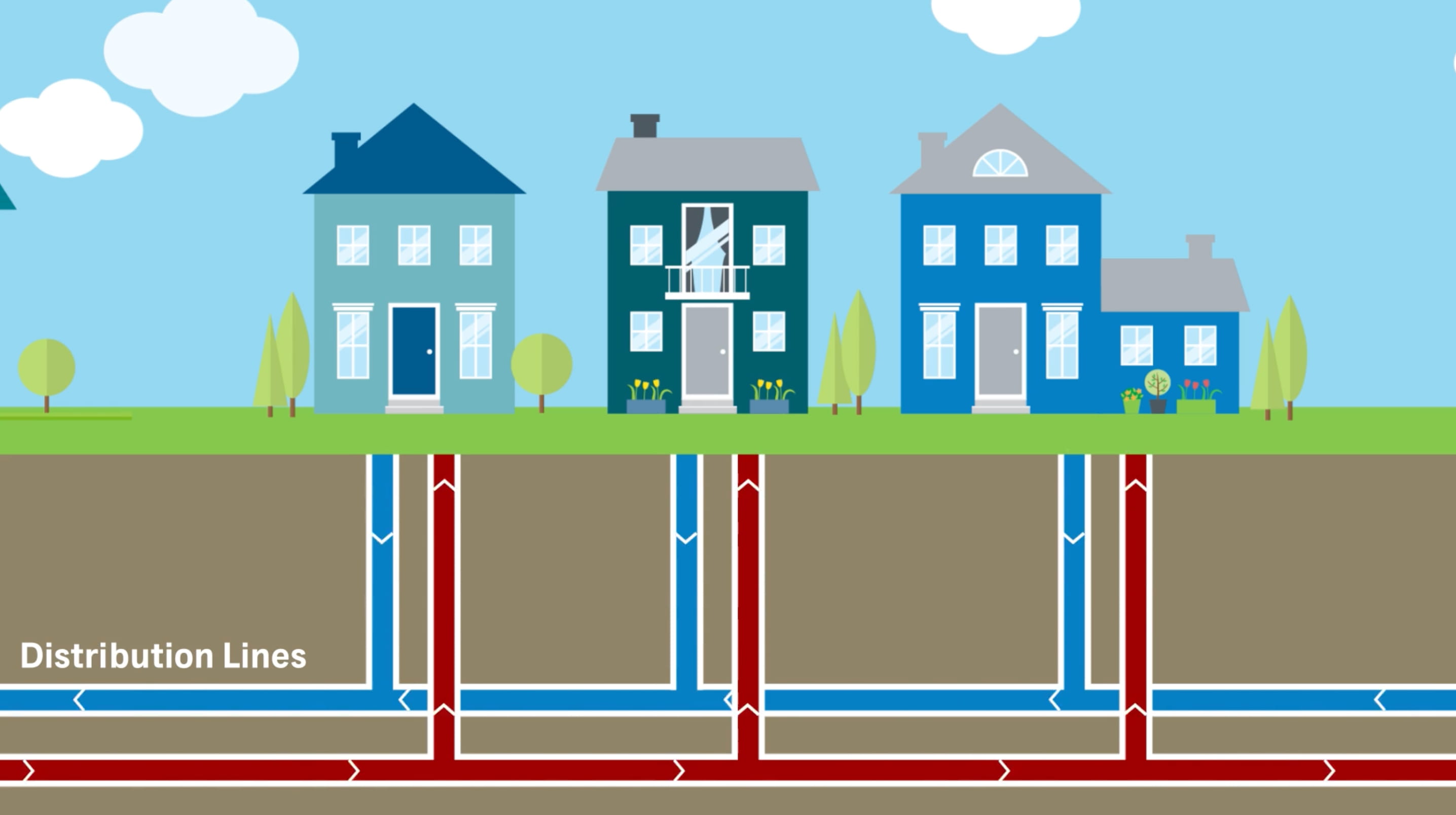
The successful implementation of UTENs relies on efficient planning and sophisticated modeling techniques. "We not only modeled the energy loads for the buildings connected right now, but we also modeled the buildings that the utility would connect to in the future," said Jacky Kinson, who served as CDM Smith lead mechanical engineer on the Eversource project. Kinson and other project engineers analyzed energy loads and forecasted future demands to ensure scalability and resilience. This signifies the importance of interdisciplinary collaboration and rigorous quality assurance protocols.

For UTENs the design and modeling are critical because we need to model loads for different types of buildings, including commercial, residential and municipal.


